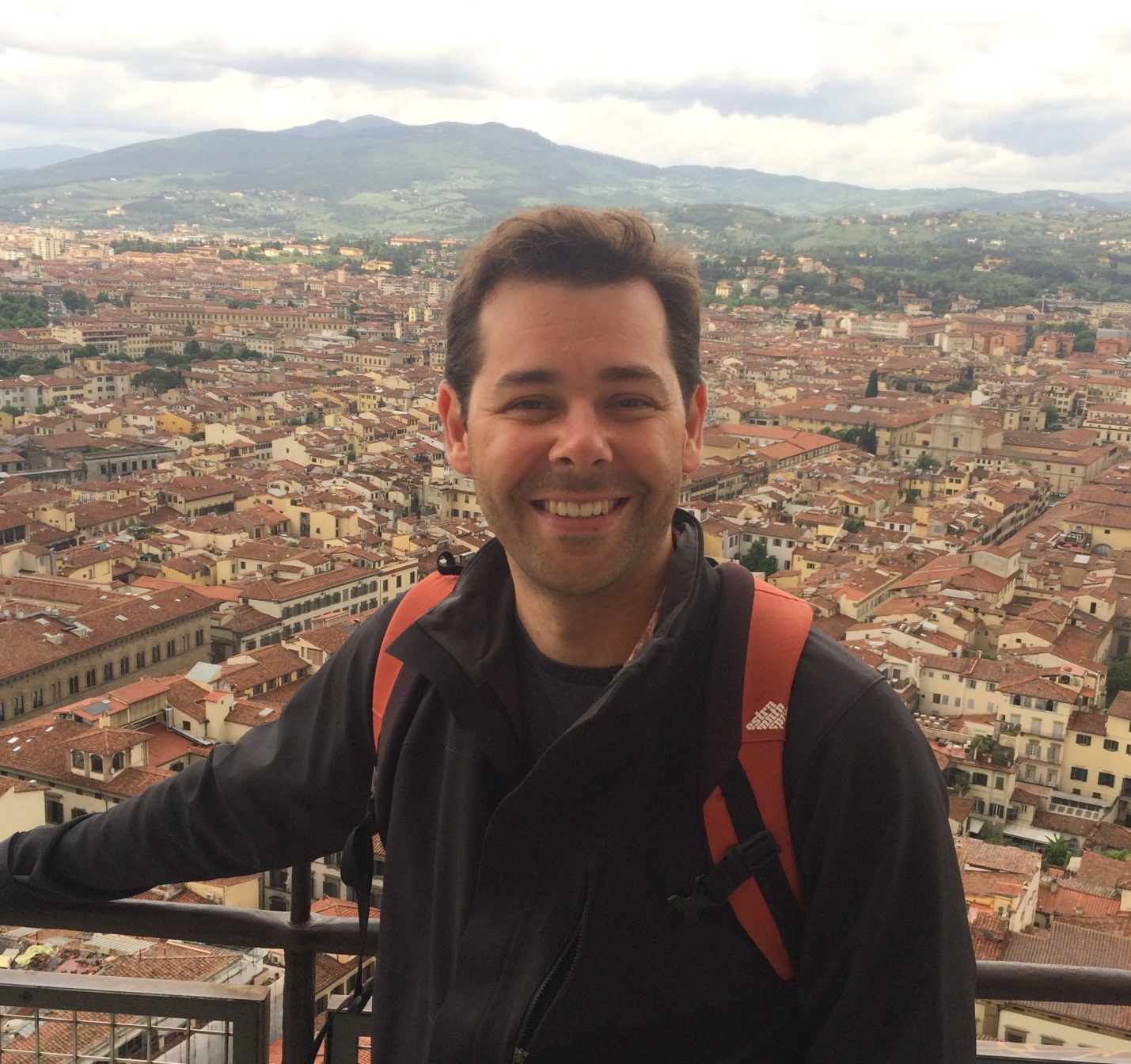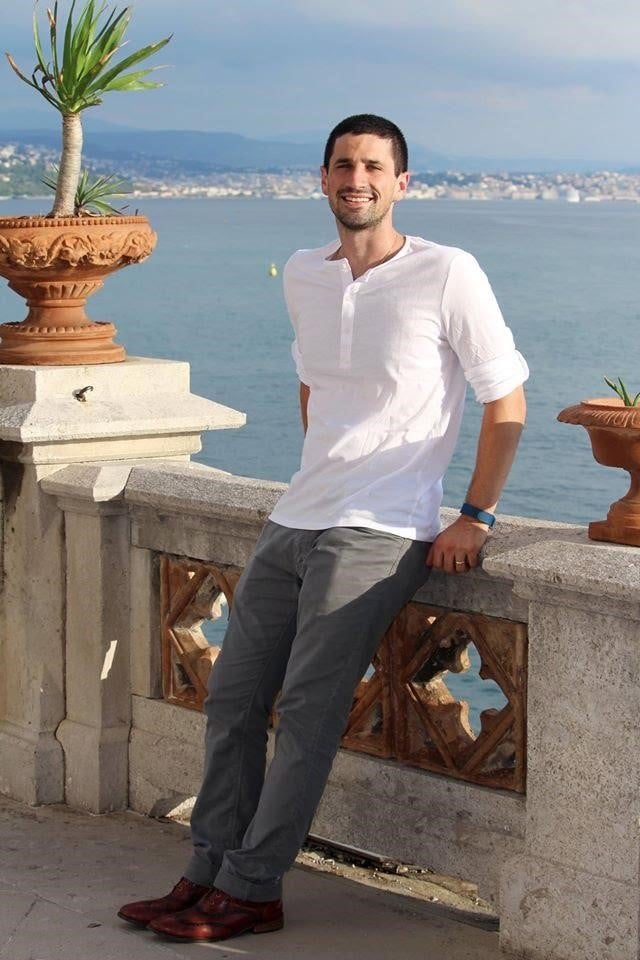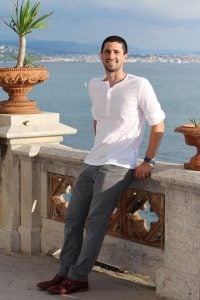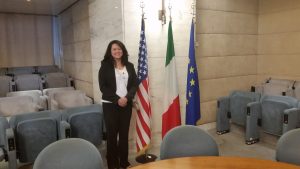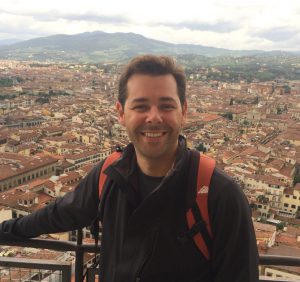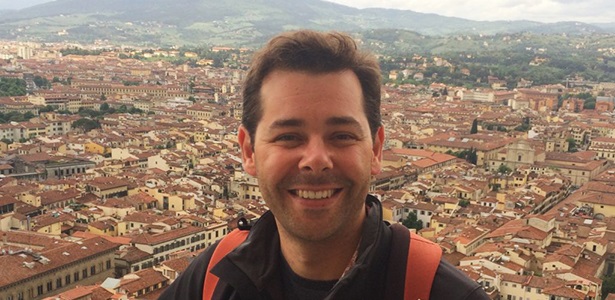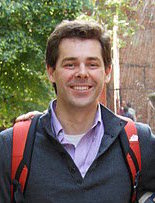In celebration of International Education Week 2018, six Fulbright Foreign Students, Fulbright Foreign Language Teaching Assistants, and Fulbright Visiting Scholars will visit elementary, middle, and high schools in Kentucky, Nebraska, and New York. The visits will take place from November 13 to November 16, and are sponsored by the U.S. Department of State’s Bureau of Educational and Cultural Affairs (ECA), in partnership with Reach the World.
The Fulbrighters will share the culture of their home countries with the students and describe their Fulbright experiences. The visits will allow American students to increase their global understanding by meeting a foreign Fulbrighter. With a diverse group of participants and classrooms, these visits will help increase mutual understanding between the people of the United States and people of other countries. The visits will build on another partnership between ECA and Reach the World, in which these same classrooms are holding virtual exchanges with U.S. exchange students who are studying overseas through Fulbright and other ECA exchange programs.
Follow along with the U.S. classrooms this week and meet a Fulbrighter, by tracking and using #Fulbright on social media.
Meet the Fulbright participants:
Pritesh Chakraborty
Fulbright Foreign Language Teaching Assistant from India
New York University

Hi, I’m Pritesh. I’m an assistant professor and research scholar at West Bengal State University in India. I’m a Foreign Language Teaching Assistant with Fulbright, but my area of interest is comic book studies. I love comic books because I love stories and I’m interested in the rich heritage of English literature. Right now, I teach Hindi to elementary level language learners as part of my Fulbright award, and I’ll begin teaching intermediate levels next semester.
Lei Chen
Fulbright Foreign Language Teaching Assistant from China
University of Nebraska – Lincoln
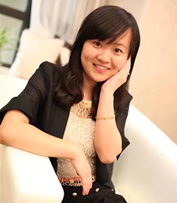 Hi, I’m Lei! I’m from China and I’m a lecturer. I received my B.A. and M.A. degrees in English Language and Literature from Liaoning University, China. I’ve been teaching at Liaoning University of Traditional Chinese Medicine for 8 years after getting my Master’s degree. Currently, I’m a Fulbright Foreign Language Teaching Assistant at the University of Nebraska-Lincoln, teaching Chinese 101 and 201, and sharing Chinese culture with my students.
Hi, I’m Lei! I’m from China and I’m a lecturer. I received my B.A. and M.A. degrees in English Language and Literature from Liaoning University, China. I’ve been teaching at Liaoning University of Traditional Chinese Medicine for 8 years after getting my Master’s degree. Currently, I’m a Fulbright Foreign Language Teaching Assistant at the University of Nebraska-Lincoln, teaching Chinese 101 and 201, and sharing Chinese culture with my students.
Abeer Khlaifat
Fulbright Foreign Language Teaching Assistant from Jordan
University of Kentucky
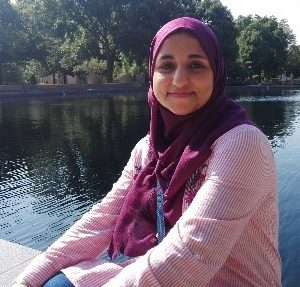 Hello, I’m Abeer Khlaifat from Jordan, and I grew up in the capital city, Amman. Arabic is my passion, and I decided that I would study it at the age of 12. I have both a B.A. and M.A. in Arabic and I’ve worked as a teacher for Americans and other international students who are studying abroad in Jordan. This was part of my motivation to come to the U.S., where I’m currently a Foreign Language Teaching Assistant at the University of Kentucky.
Hello, I’m Abeer Khlaifat from Jordan, and I grew up in the capital city, Amman. Arabic is my passion, and I decided that I would study it at the age of 12. I have both a B.A. and M.A. in Arabic and I’ve worked as a teacher for Americans and other international students who are studying abroad in Jordan. This was part of my motivation to come to the U.S., where I’m currently a Foreign Language Teaching Assistant at the University of Kentucky.
Anna Potapova
Fulbright Foreign Language Teaching Assistant from Russia
University of Nebraska – Lincoln
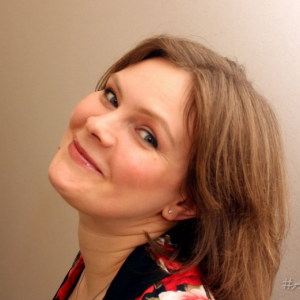
Hello, I’m Anna! I have a lot of experience teaching English to adults and I also received my CELTA (Certificate in Teaching English to Speakers of Other Languages) certification from St. Giles College, Brighton, UK. I have a degree in Romance and Germanic philology from Ivanovo State University. I have a number of other certificates and qualifications, but my main professional interests are methods of teaching English and Russian as a foreign language, the lexical approach, and using authentic speaking as a speaking model. I’m currently teaching Russian 101 to college students at the University of Nebraska–Lincoln and organize cultural events to promote Russian culture in America. I also have a fluffy cat, who is extremely cuddly.
Francesca Scafuto
Fulbright Visiting Scholar from Italy
Ramapo College of New Jersey
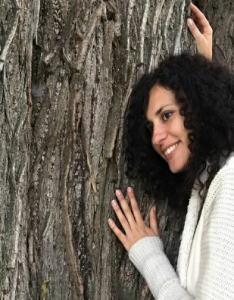
Hello! I’m Dr. Francesca Scafuto and I’m a Fulbright Visiting Scholar at Ramapo College of New Jersey. I’m from Italy, and I’m an experienced Adolescent and Young Adult Psychotherapist. I’m interested in how people think as a community about the environment, and I’m studying social science and environmental health during my Fulbright. I’m also an artist and I like to paint in my free time.
Nina Siegfried
Fulbright Foreign Student from Germany
University of Louisville
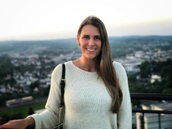
I’m from Germany and I’m currently pursuing a Master’s degree in Sports Administration at the University of Louisville. I grew up a competitive athlete and decided to pursue sports management at an early age. I participated in an exchange year in high school and lived with a host family while attending Apollo High School in Owensboro, KY. I studied for my undergraduate degree in the Netherlands and received a B.A. in International Studies and Management from Arnhem Business School. I also studied abroad in Hong Kong to receive a minor in Marketing.

